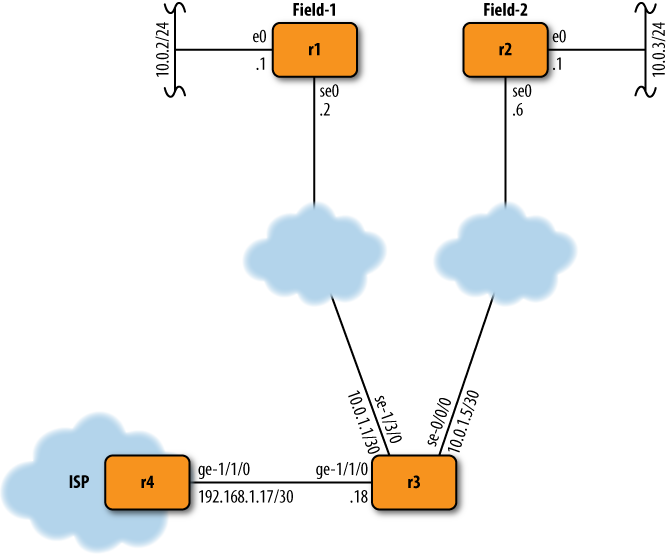Enterprise Size and Effective Management
Depending on the size of the network, you must adopt different strategies to obtain the most effective management of content.
Small to Medium-Size Enterprise Perspective
We started out mentioning the need to manage the content of the complete aggregated Internet routing table and hinted at some of the tools that can be used to control that content, but does a network have to run Border Gateway Protocol (BGP) to communicate with the rest of the world? Is it absolutely necessary to retain a copy of that BIG table for a business to function? The answer, actually, is no. The reality is that small networks and most medium-size networks typically do not run BGP at all.
Note
Unnecessary routing protocols just add complexity and are an enemy of high availability. Keep it simple!
Networks that do not run BGP rely on a few fairly simple
configuration elements to communicate with external destinations. These
elements include a default route on the local AS gateway router and a
passive route or possibly some redistribution by the service provider.
In Figure 13-1, a small
enterprise network composed of r1,
r2, and r3 uses a
default route on r3, the gateway
router, to reach all destinations outside the local network. The ISP in
Figure 13-1 has
configured a static route on r4 and redistributed it into BGP to advertise
a return route to the small enterprise.

Figure 13-1. Route ...
Get JUNOS High Availability now with the O’Reilly learning platform.
O’Reilly members experience books, live events, courses curated by job role, and more from O’Reilly and nearly 200 top publishers.

